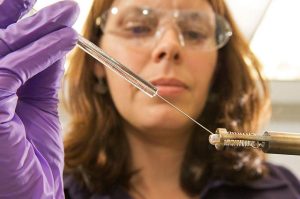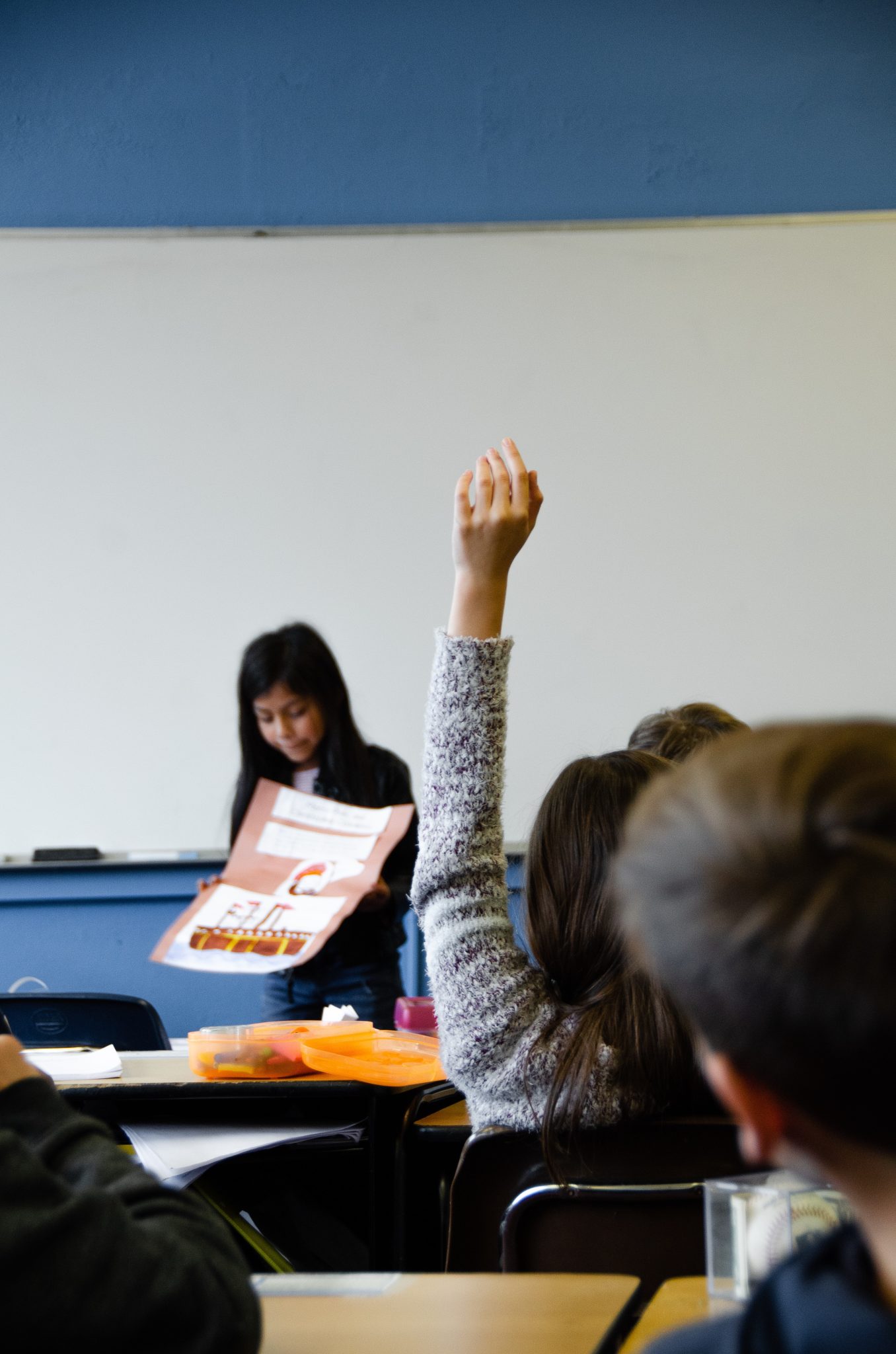Despite the never-ending controversies surrounding what gets taught in schools, it is widely agreed upon that we must produce well-rounded graduates. Graduates who have the knowledge and skills to compete in the global market; students who can create, innovate, communicate, and think critically on a wide range of important topics. And while various sets of standards highlight content and skills deemed necessary for success, there is no strategy that emphasizes the convergence of them all quite like STEAM.
STEAM education, the integration of arts education along with science, technology, engineering and math, is the ultimate practice for emphasizing cross-curricular connections while rewarding creativity and problem solving along the way.
Benefits of STEAM Education for the Global Market
 As educators, we strive to prepare students who can successfully enter the job market down the road. So when we think about what must be taught in schools, it’s critical to examine what jobs will be available in the future and the skills students will need to be successful in those roles. With our world increasingly run by technology, it’s no surprise that math/engineering/technology roles are in high demand and that’s not expected to change. STEM jobs are wide-ranging and highly varied, including everything from agricultural, biological and systems engineers to software developers, and environmental scientists. Between 2011 and 2021, the number of people working in STEM-related fields grew by 5.9 million (a 20% increase), and according to a report from the Bureau of Labor and Statistics, there is expected to be a 10.8% increase in STEM related fields between 2022 and 2032. In other words, STEM fields are here to stay.
As educators, we strive to prepare students who can successfully enter the job market down the road. So when we think about what must be taught in schools, it’s critical to examine what jobs will be available in the future and the skills students will need to be successful in those roles. With our world increasingly run by technology, it’s no surprise that math/engineering/technology roles are in high demand and that’s not expected to change. STEM jobs are wide-ranging and highly varied, including everything from agricultural, biological and systems engineers to software developers, and environmental scientists. Between 2011 and 2021, the number of people working in STEM-related fields grew by 5.9 million (a 20% increase), and according to a report from the Bureau of Labor and Statistics, there is expected to be a 10.8% increase in STEM related fields between 2022 and 2032. In other words, STEM fields are here to stay.
Art In STEAM Education
 But perhaps more important than having the knowledge needed to enter into one of these fast-growing STEM fields, is having the skills needed to be successful. And that’s where the ‘art’ in STEAM comes into play. As tech jobs have taken up a larger share of the job market over the years, it has become clear that the most successful employees are the ones who are well-rounded – people who possess what are traditionally thought of as ‘soft skills’ like teamwork, cooperation, adaptation, and creativity. STEAM brings all of these skills to the forefront of classroom learning. STEAM lessons are often project-based and focused on solving a real-world problems. This naturally encourages collaboration skills, while also promoting (and rewarding) creativity and out-of-the-box thinking. Integrating art also provides practice in communication through a variety of non-traditional mediums like modeling, videography, or music. The ability to communicate in diverse ways to diverse groups of people is a key to success in any field.
But perhaps more important than having the knowledge needed to enter into one of these fast-growing STEM fields, is having the skills needed to be successful. And that’s where the ‘art’ in STEAM comes into play. As tech jobs have taken up a larger share of the job market over the years, it has become clear that the most successful employees are the ones who are well-rounded – people who possess what are traditionally thought of as ‘soft skills’ like teamwork, cooperation, adaptation, and creativity. STEAM brings all of these skills to the forefront of classroom learning. STEAM lessons are often project-based and focused on solving a real-world problems. This naturally encourages collaboration skills, while also promoting (and rewarding) creativity and out-of-the-box thinking. Integrating art also provides practice in communication through a variety of non-traditional mediums like modeling, videography, or music. The ability to communicate in diverse ways to diverse groups of people is a key to success in any field.
Why is STEAM Education Important for Student Growth?
In addition to preparing students for success in the future job market, STEAM has immediate benefits for students while they are still in school. In the real world, science and math do not exist in isolation. There is a natural connection to art of all forms, and in seeing those connections, students can develop a deeper comprehension of the content.
STEAM Education Examples
Let’s consider some examples of successful STEAM projects…a teacher from Andover High School in Massachusetts uses a scavenger hunt at a local art museum to help students realize that scale in geometry is the same thing as perspective in drawing….and fourth graders at a school in Oregon learn about the relationships between earthworms, soil erosion, and clay used for pottery making all in one unit.
In expanding learning to include the natural art connections, students learn to not only draw parallels between fields, but also gain a more nuanced understanding of the topic they are learning about. Moreover, research shows that students who are exposed to STEAM education outperform their peers not only math, but also language arts.

STEAM Education Resources for your Classroom
The benefits of STEAM are many and clear. That’s why, through February, we will be sharing resources for integrating STEAM into any K-12 classroom. Follow along on Facebook or X to get full access and join us for an interactive webinar on February 28th where you’ll see PopEd’s favorite STEAM lessons in action.
Image credits: Scientist in lab (NASA scientist Jennifer Eigenbrode by GrrlScientist is licensed under CC BY 2.0); Girl raising hand (Photo by Taylor Flowe on Unsplash); Fibonacci sequence in aloe plant (Aloe Plant by Jean Ogden Just Chaos is licensed under CC BY 2.0)


